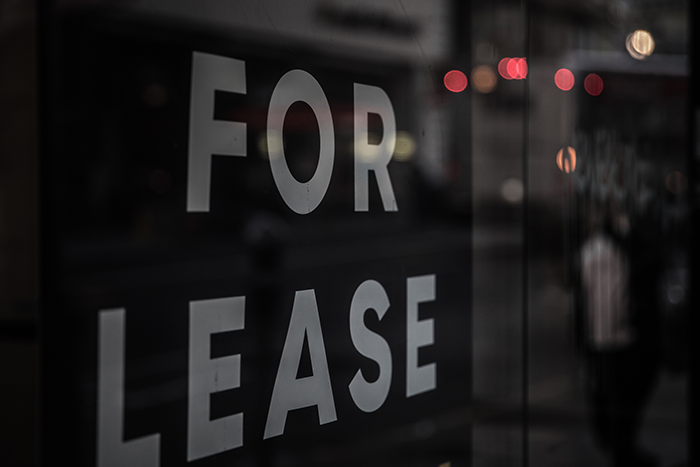Types of Commercial Leases: Weighing the Pros & Cons
There are seven major types of commercial leases you may run into when looking for commercial space. Understanding the types and their effect on the bottom line of your business is vital to getting the best deal for your business. Each lease type varies in which expenses you are responsible for and how the rent is calculated.
Gross Lease or Fully Serviced Lease
 A gross lease charges the tenant rent for the premises. The landlord is responsible for the remaining costs, including taxes, insurance, and maintenance. Office space, retail space, and some industrial landlords use a gross lease.
A gross lease charges the tenant rent for the premises. The landlord is responsible for the remaining costs, including taxes, insurance, and maintenance. Office space, retail space, and some industrial landlords use a gross lease.
A gross lease allows you to know what your rent will be, and the rent remains constant or may increase on a set schedule. A gross lease may be more costly than a net lease, benefiting the landlord. There are advantages and disadvantages to a gross lease, and you will need to consider your business needs to determine whether a gross lease is right for you.
Percentage Lease
A percentage lease is popular for use in retail spaces, especially in mall spaces. A percentage lease charges a base rent plus a percentage of the monthly sales above a set amount.
Modified Gross Lease
A modified gross lease specifies that the landlord and tenant share some of the property’s operating expenses. Market conditions and negotiated terms determine who is responsible for specific costs. It is always essential to read and understand the entire lease agreement to avoid unexpected costs.
Net Lease
In its purest form, a net lease requires the tenant to pay rent and all the costs of the property, including property taxes, insurance, and maintenance. Net leases are popular with commercial real estate investors who want a hassle-free investment.
From the tenant’s perspective, a net lease may be beneficial if the base rent rate is low enough to offset the additional costs. Year-to-year property costs and maintenance costs may vary. Net leases usually favor the landlord and should be negotiated carefully to protect your interests.
Single-Net Lease
In a single-net lease, the tenant pays a base rent plus one of the three categories of property expenses. In most cases, the tenant pays base rent plus the property taxes; however, a single-net lease might require the tenant to pay rent plus maintenance or insurance.
Double-Net Lease
A double-net lease requires the tenant to pay base rent plus two of the property expenses. In most cases, the tenant pays rent, plus property taxes and insurance.
Triple-Net Lease
A triple net lease usually favors the landlord, requiring the tenant to pay rent plus taxes, insurance, and maintenance. Because of the extra costs, the base rent is lower than the rent needed for a gross lease.
Absolute Triple-Net Lease
Also known as a bondable lease, a triple-net lease requires the tenant to assume all property-related risks. All expenses and repairs are the responsibility of the tenant. In the case of a casualty or condemnation, the tenant could be required to rebuild the property or continue rental payments, regardless of insurance payments or the condition of the property. Tenants should consult a lawyer and understand all terms completely before entering an absolute triple-net lease.
Which Lease Type is Best?
It is impossible to say that one lease type is best. The answer depends on your business and your goals. If you prefer to know precisely how much your rent will cost each month, a gross lease will provide that predictability. A percentage lease or a net lease may be cheaper over the year, depending on the rate set and how well you estimate costs and negotiate your contract.
Consult a Commercial Real Estate Manager
When negotiating a commercial lease, it is always wise to consult a skilled real estate manager and a legal expert. Millennium Properties Commercial Real Estate Team is knowledgeable about all aspects of commercial leasing. Contact us today to help you negotiate the best terms for your business.


